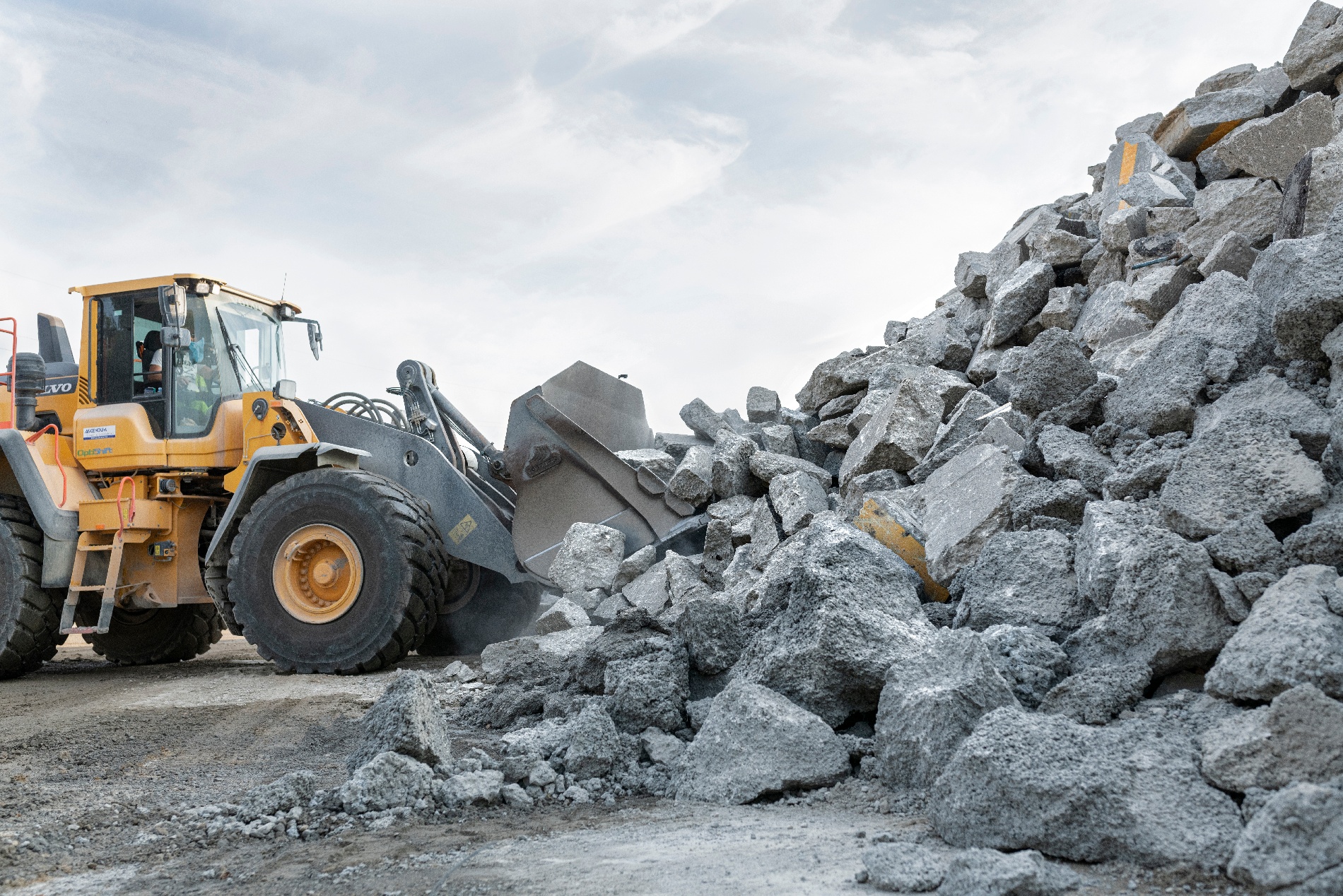As the world’s population grows and urbanization increases, the resulting building boom presents the construction industry with an uncomfortable reality – the building is responsible for significant environmental impacts caused by its considerable consumption of resources and energy and the production of waste. New approaches are needed to address this challenge and make building more sustainable. Only through adopting innovative methods, different materials, and new technologies can we meet ambitious CO2 reduction targets and preserve natural resources. Developing circular economy strategies in the construction industry is critical to making progress toward stretching sustainability targets while conserving natural resources.
What is a circular economy?
A circular economy involves a systems-focused approach with baked-in restorative or regenerative industrial processes and economic activities. The resources used are designed to maintain their highest value for as long as possible, and waste is eliminated through improved design of materials, products and systems. In short, a circular economy:
|
The construction sector must consider these aspects of a circular economy at the early stages of planning. A comprehensive life cycle assessment (LCA) analysis can serve additionally as a decision-making aid for the sustainable planning of buildings. It is possible to minimize the use of natural resources and limit waste by recycling old concrete structures, brick mixes, and ceramics – a central aspect of sustainability. However, using recycled materials brings disadvantages for concrete performance, requiring high-performing admixtures to compensate.
Challenges when using alternative raw materials
The global sand crisis is a critical factor in driving the quest for alternatives to natural aggregates as the construction industry tries to improve its impact on the environment. The 2019 report of the United Nations Environment Programme (UNEP) shows, among other things, that the extraction of natural resources far exceeds the rate of renewal. The degree of change required demands nothing short of a sustainable revolution in concrete production.
Driven by the search for alternative aggregates, the demand for recycled aggregates obtained by crushing and processing demolition waste has increased. Based on volume, construction, and demolition (C&D) waste amounts to about one-third of all waste produced in the EU, making it the EU’s largest waste stream.
However, finding suitable replacement raw materials brings its own challenges. So what are the critical issues in finding more environmentally friendly solutions? While using recycled concrete aggregates is environmentally beneficial on many levels, there are a number of factors to consider in incorporating inorganic C&D materials into concrete:
- Widely varying aggregate qualities
- Recycled aggregates are more porous and absorbent
- Higher water and superplasticizer demand
- Increased slump loss is possible
- Ensuring the required water-cement values is difficult
- Since recycled demolition materials are often more difficult to process, they are mostly used as an underlayer in road construction or other civil engineering projects (“downcycling”) rather than in new buildings. It is therefore important to develop products and solutions that optimize the recycling process and improve the performance of the building material for use in a wider range of applications.
Master Builders Solutions has tackled this issue head-on with the development of a novel superplasticizer for recycled aggregates: MasterSuna RCA. Click and watch our MasterSuna RCA success story.
Enabling 100% recycled aggregates with MasterSuna RCA
MasterSuna RCA is formulated to combat the performance issues of recycled aggregates, using innovative technology to allow the maximum usage of potentially problematic secondary raw materials. The patented admixture solution makes it possible to produce standard concrete with up to 100% recycled aggregates without compromising workability retention.
Recycled aggregates with MasterSuna RCA


Not only does MasterSuna RCA improve concrete’s consistency and provide workability retention of as much as 120 minutes, but it also optimizes homogeneity, flowability and pumpability.
MasterSuna RCA admixture technology enables concrete producers to unlock the potential of recycled concrete and make a valuable contribution to the circular economy. The exploitation of natural resources is significantly reduced while established quality standards are maintained and material costs and CO2 emissions are reduced.
To learn more about our succes story and gain additional information on MasterSuna RCA click here. Our expert Rapahel Breiner will be happy to provide you with any additional insights or answer any questions you may have about MasterSuna RCA.


